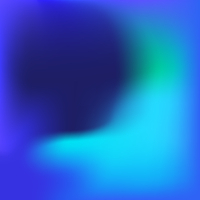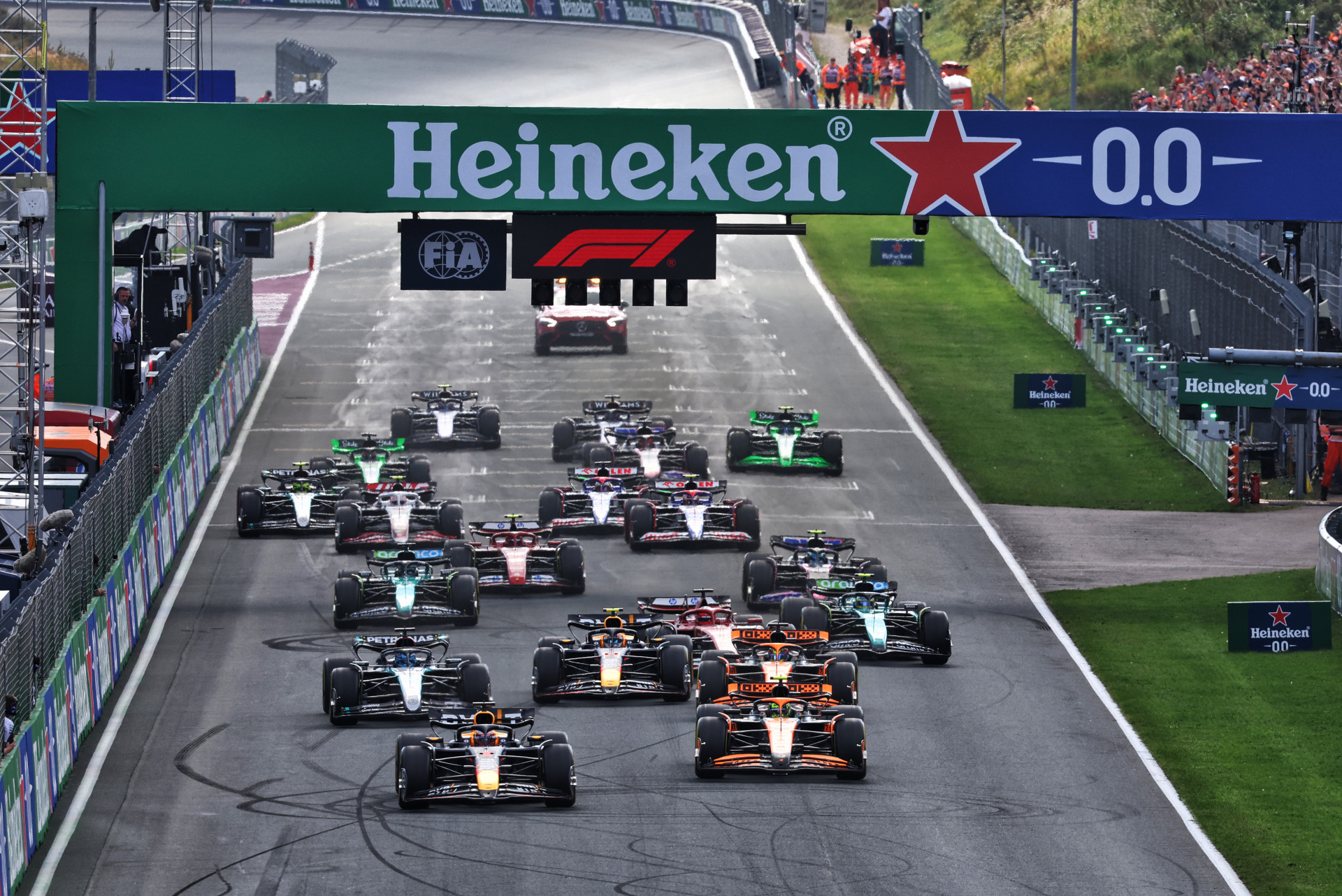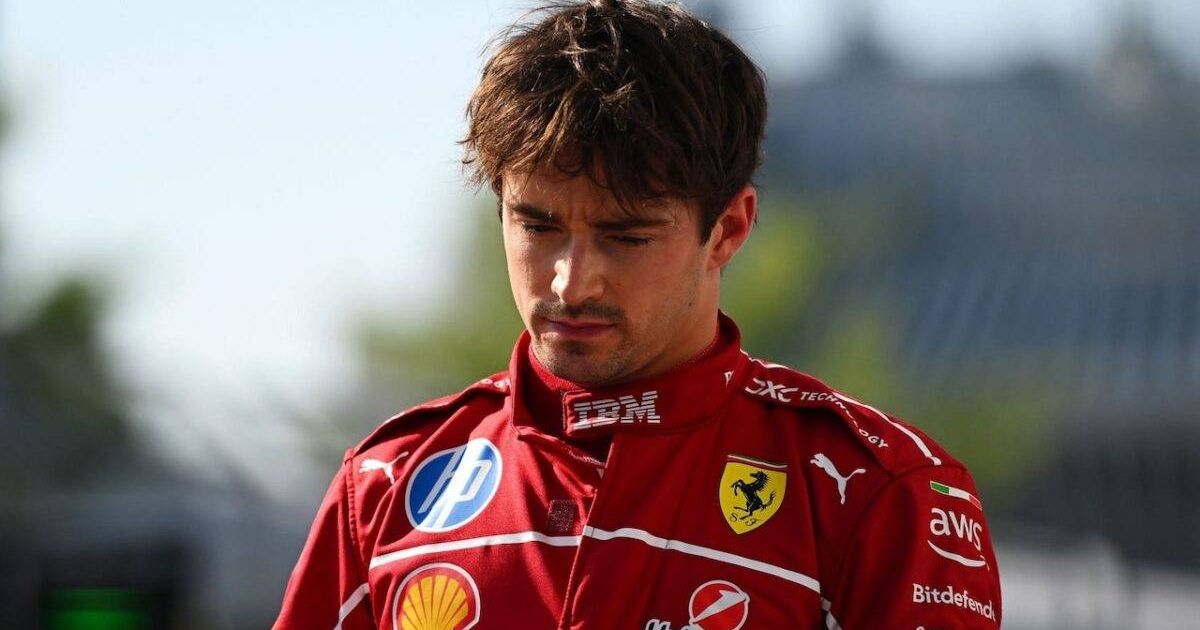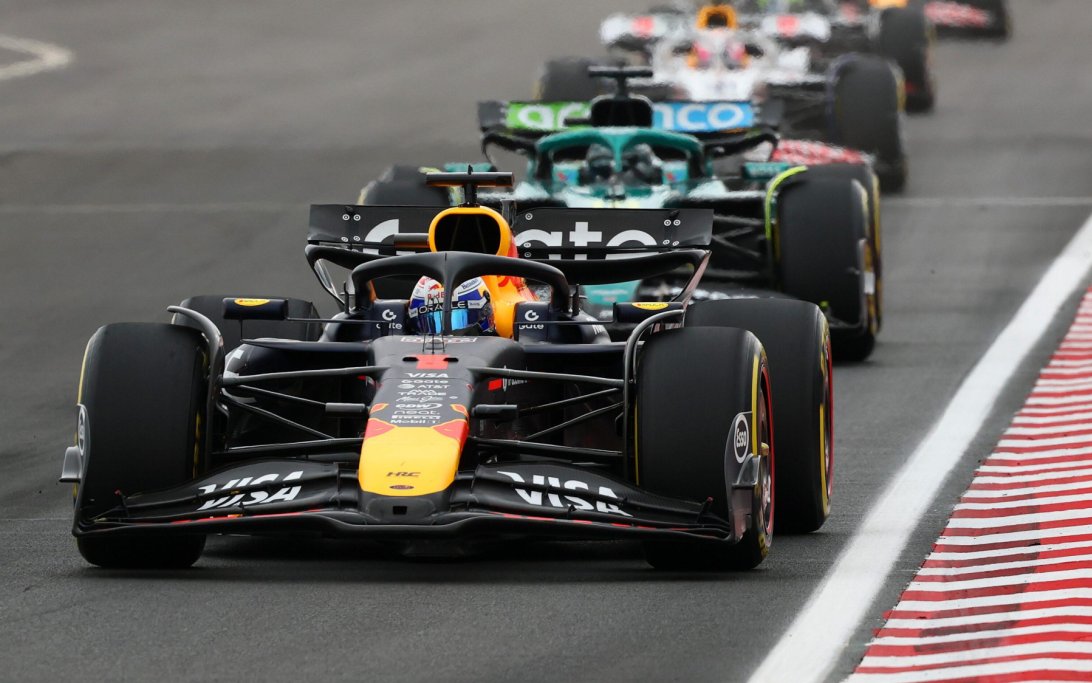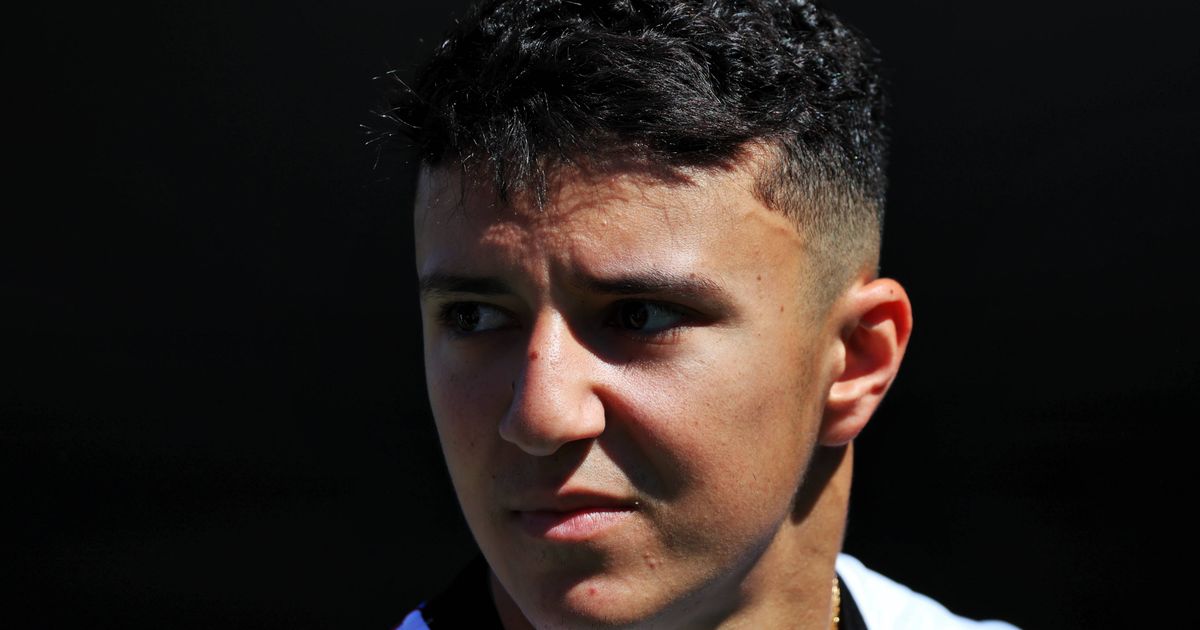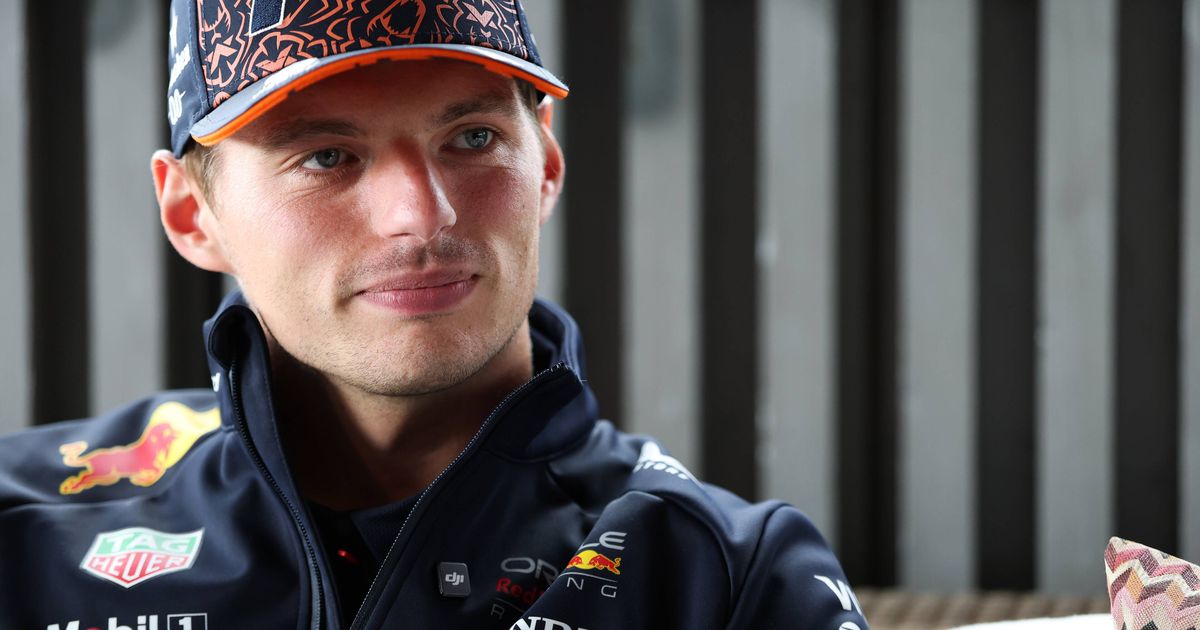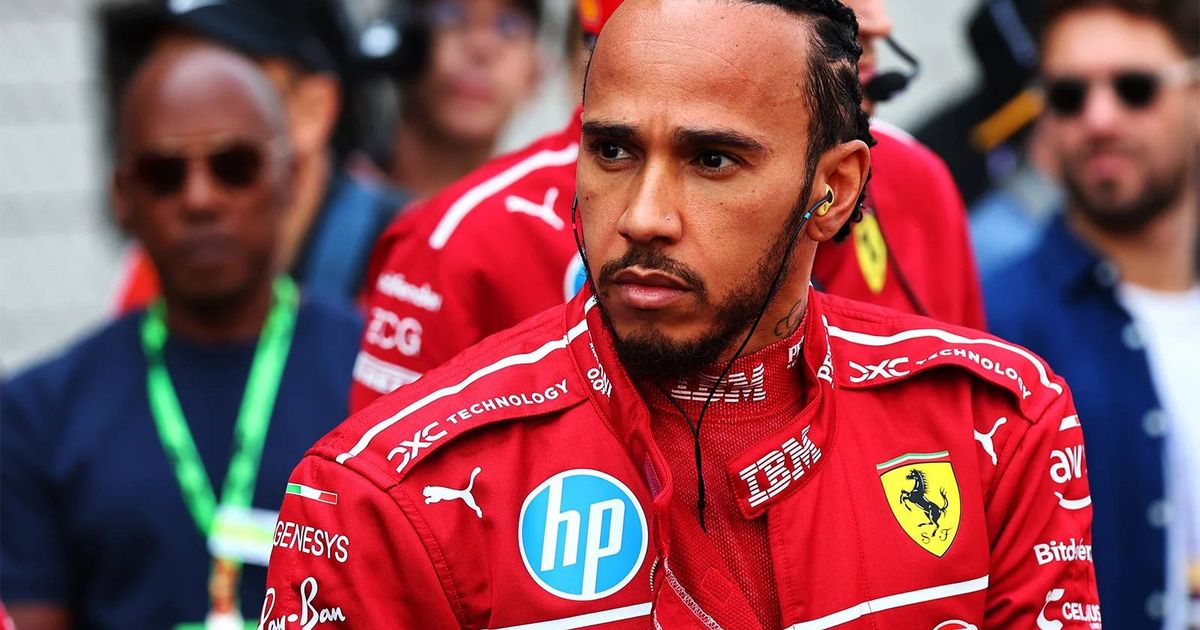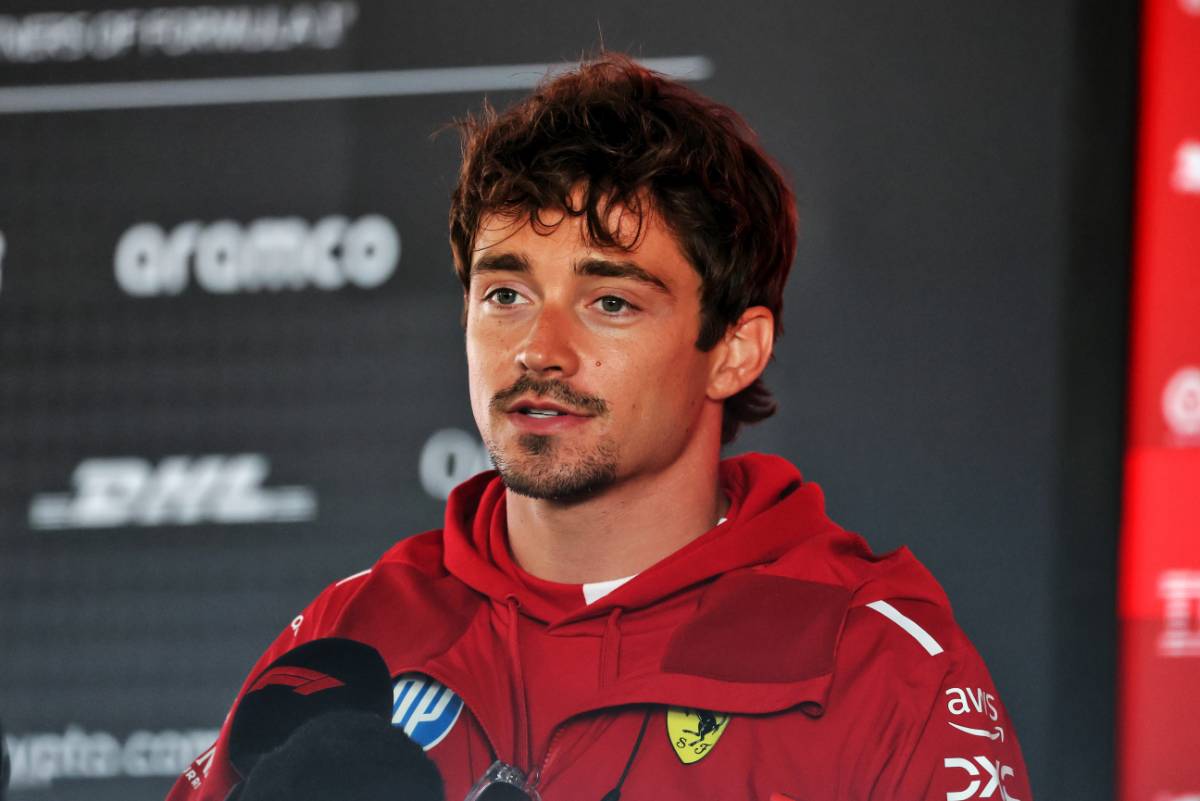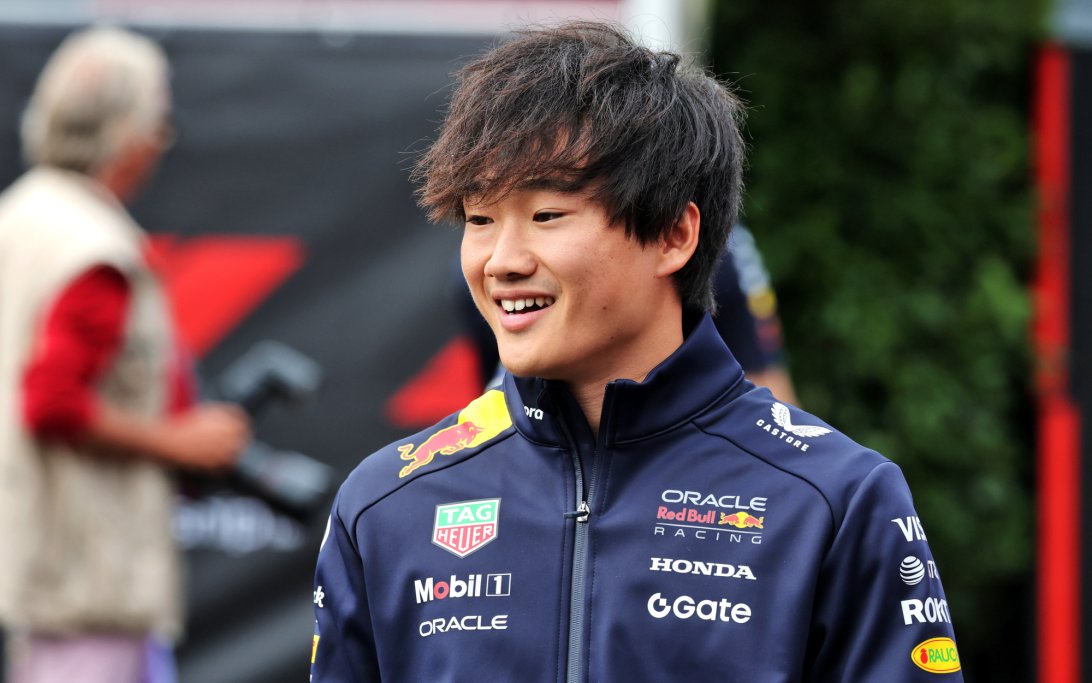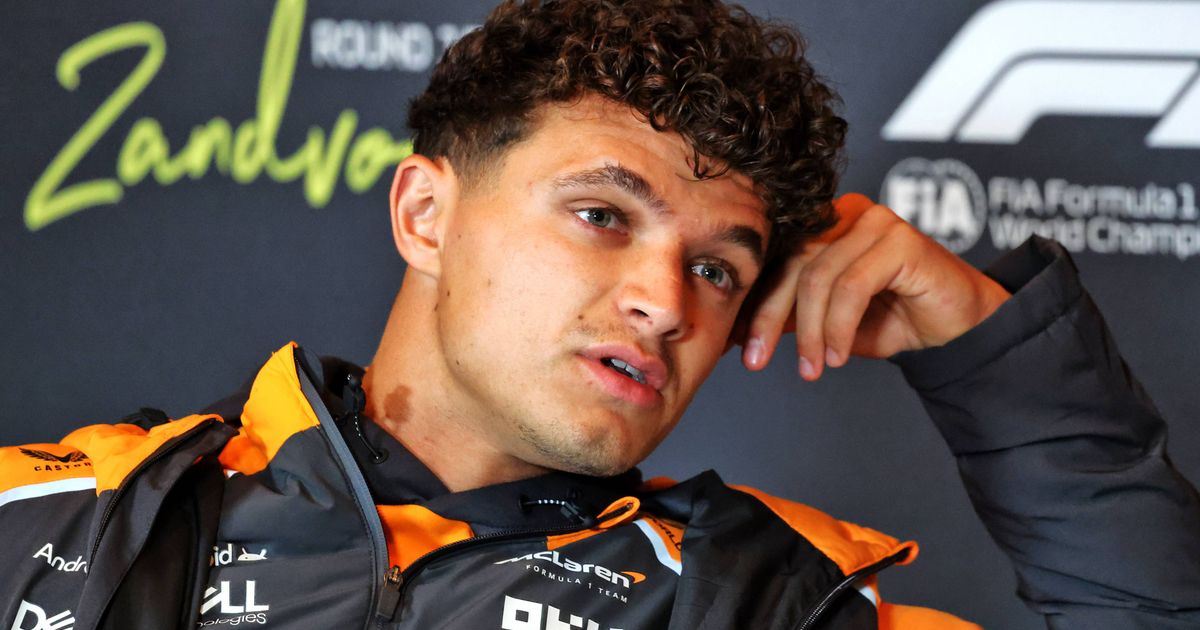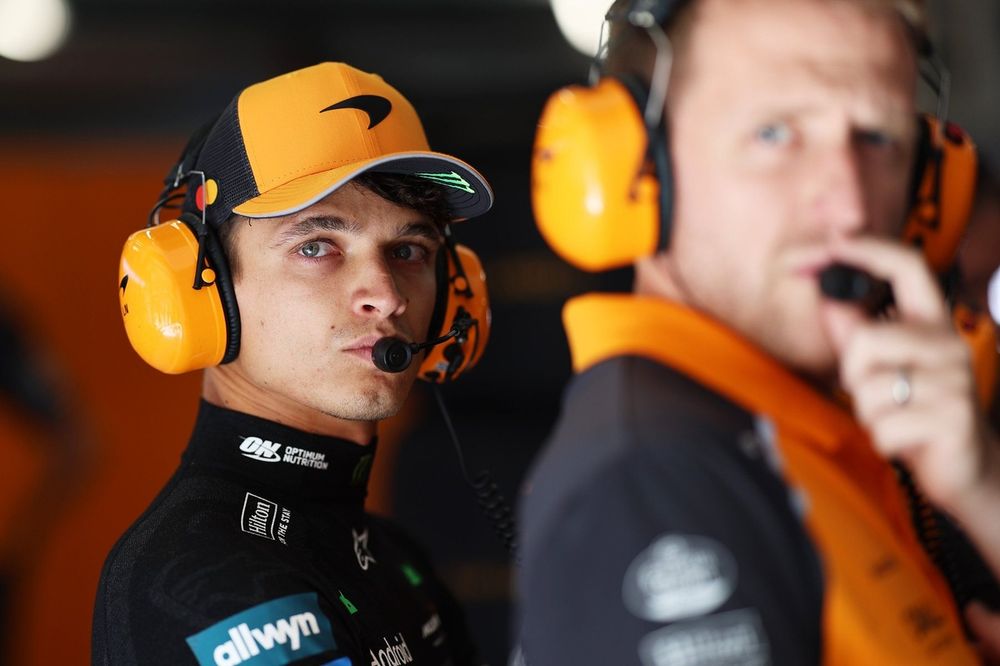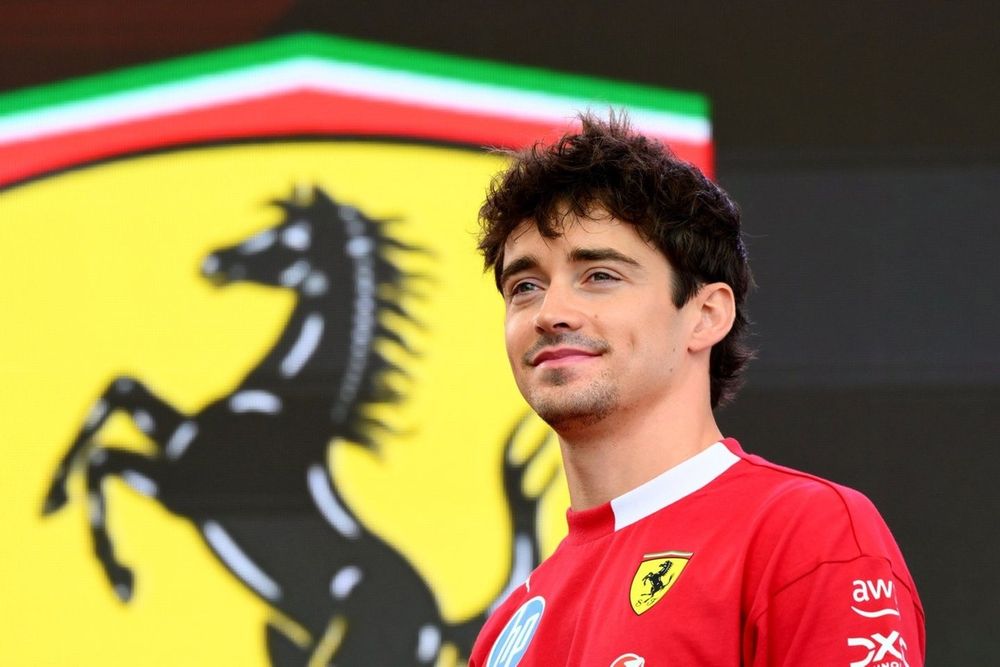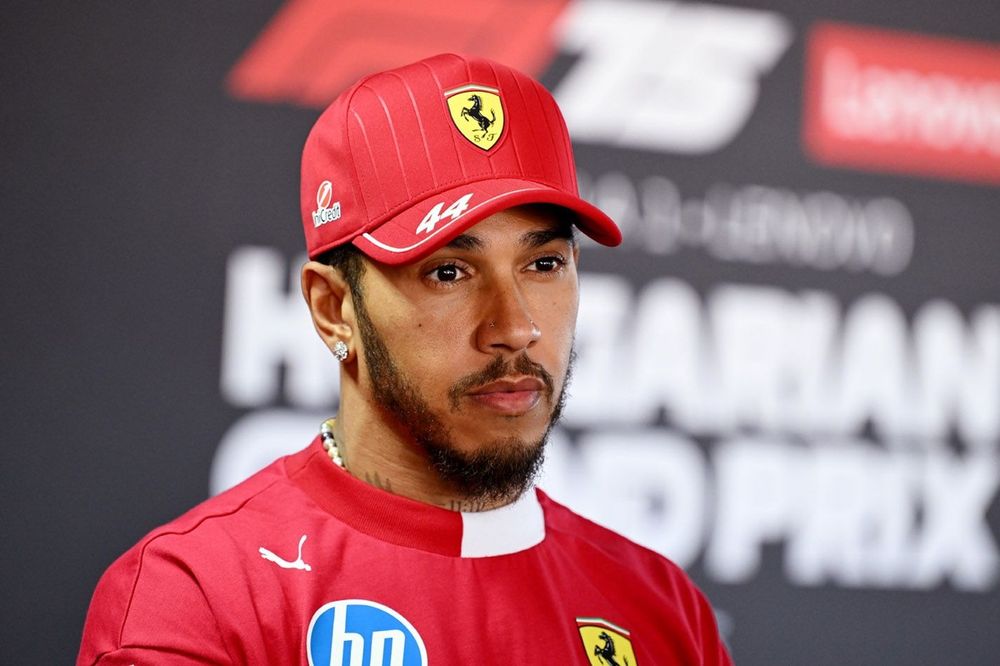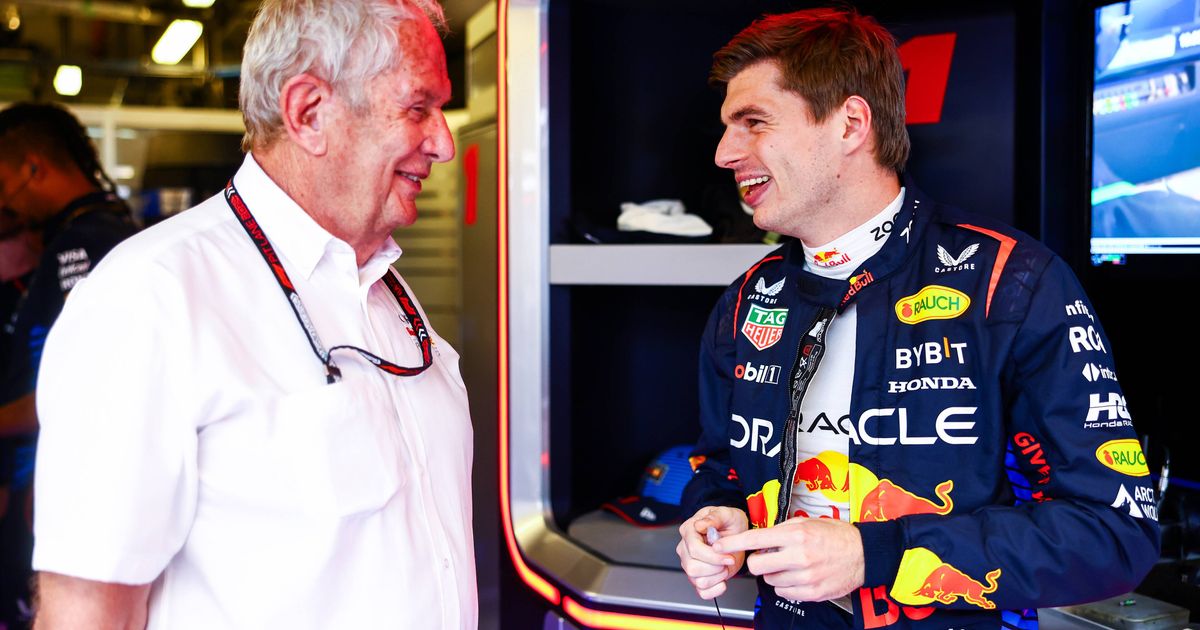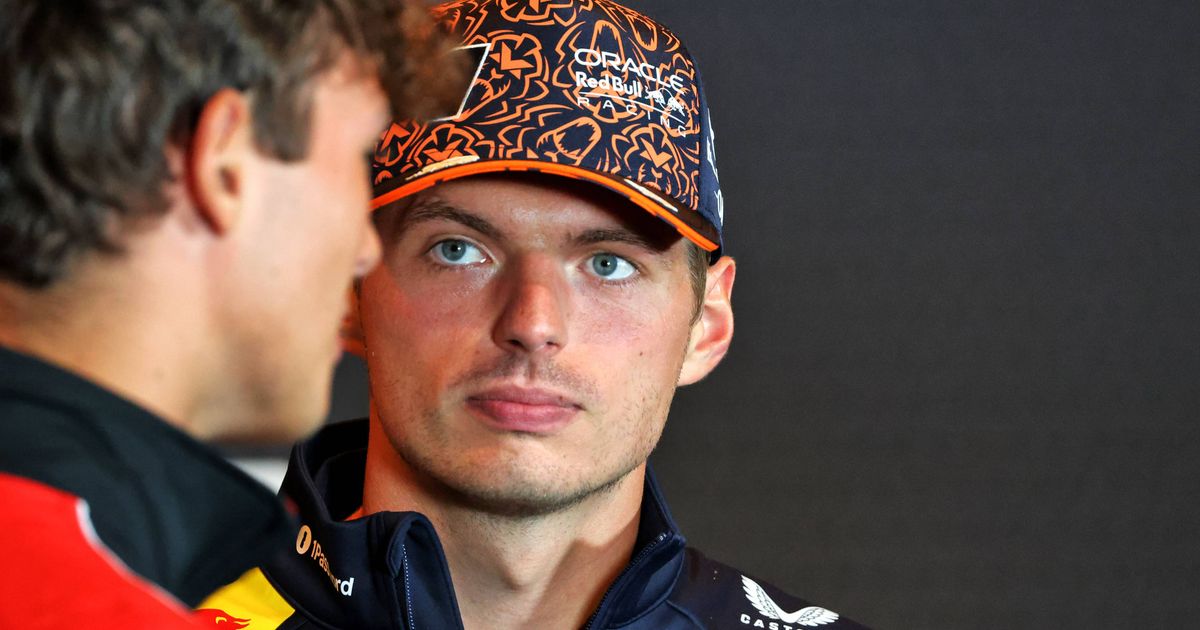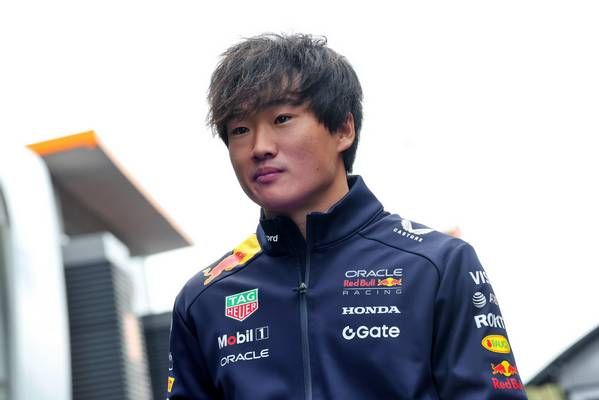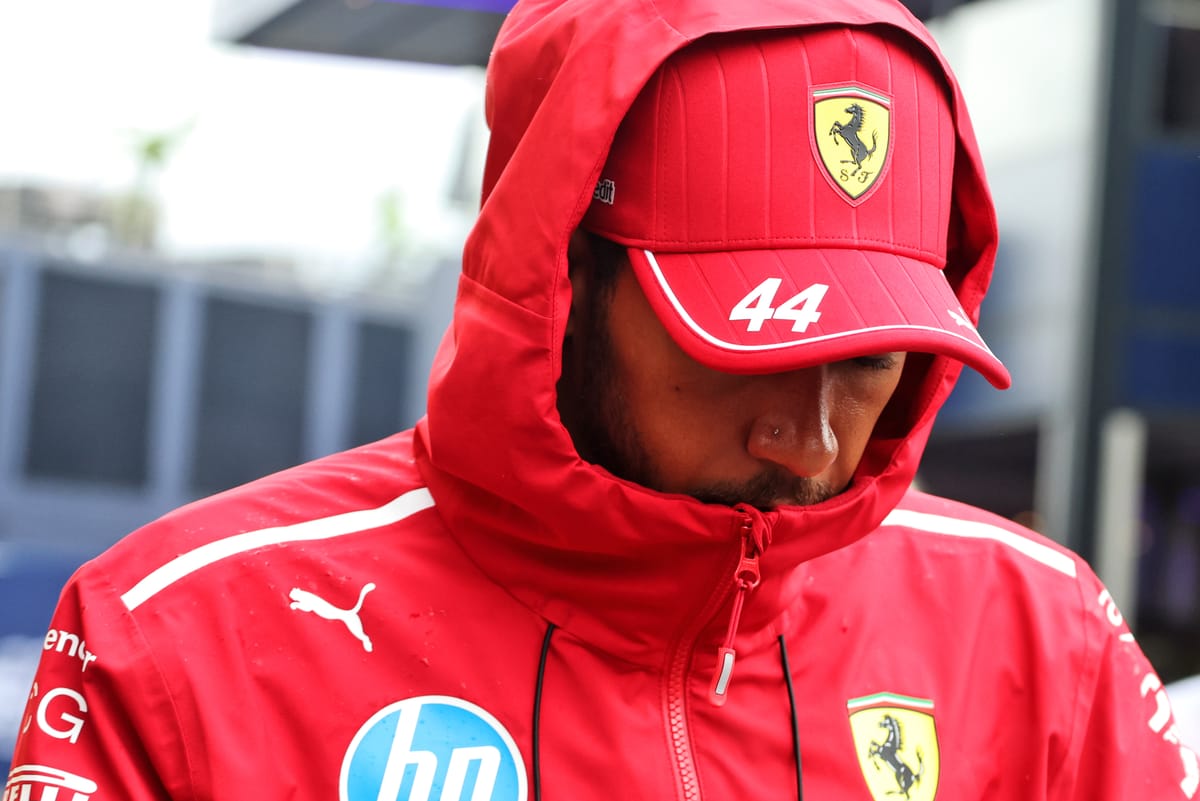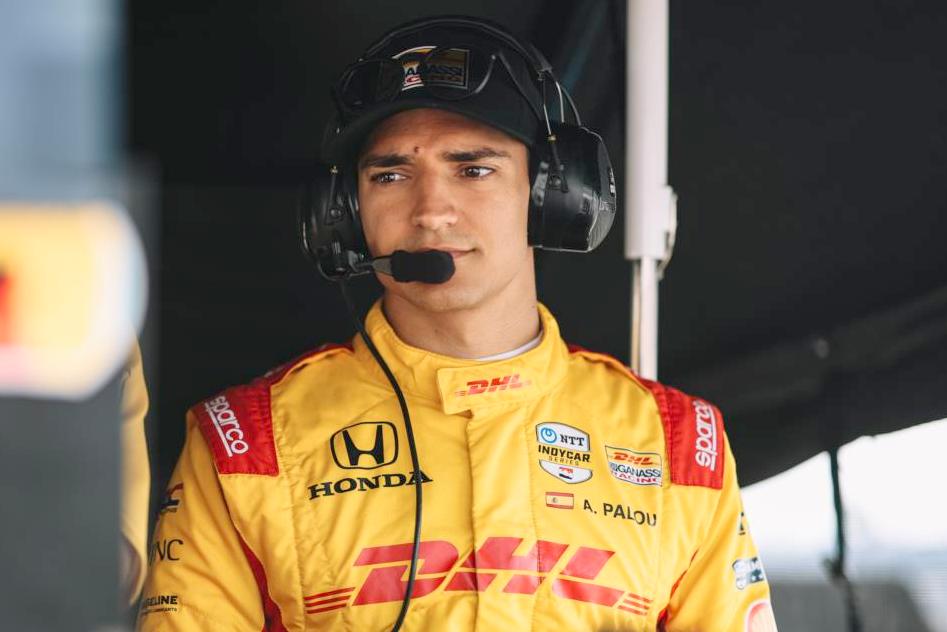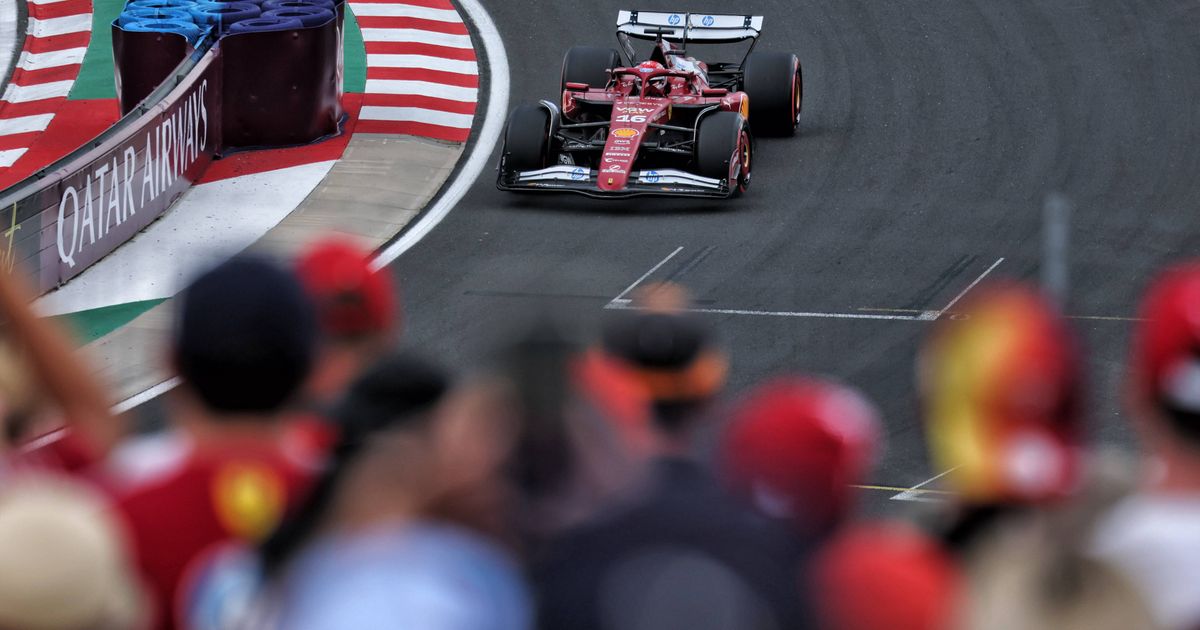The FIA announced that it inspected the cars of Charles Leclerc, George Russell, and Fernando Alonso at the end of the Hungarian Grand Prix, conducting more in-depth random checks on the vehicles that finished in the top 10. Here’s what was found.
Why it matters:
The integrity of Formula 1 competition is paramount. Speculation about a top team's car design, especially after a dramatic race performance swing, demands immediate clarification from the FIA. This inspection addresses concerns raised by a rival driver.
The Race Drama:
Charles Leclerc secured pole position in Hungary, a significant achievement. During the race, he maintained strong pace but inexplicably struggled in the final stint, losing both the win and a podium spot to George Russell.
Conflicting Explanations:
- Russell's Theory: Russell suggested Ferrari might have increased tire pressures late in the race. This, he theorized, could raise the car's ride height to prevent excessive plank wear, thus avoiding a potential disqualification similar to an incident in China earlier this season.
- Leclerc's Account: Leclerc countered, stating his sudden pace drop was due to a progressively worsening chassis issue, costing him several seconds per lap.
The Investigation:
Following the race, the FIA conducted in-depth random checks on top-10 finishers. Leclerc's Ferrari, Russell's, and Fernando Alonso's cars underwent thorough analysis.
The Verdict:
The FIA's extensive inspections found no irregularities in any of the checked vehicles, officially clearing Leclerc's Ferrari of any wrongdoing.
